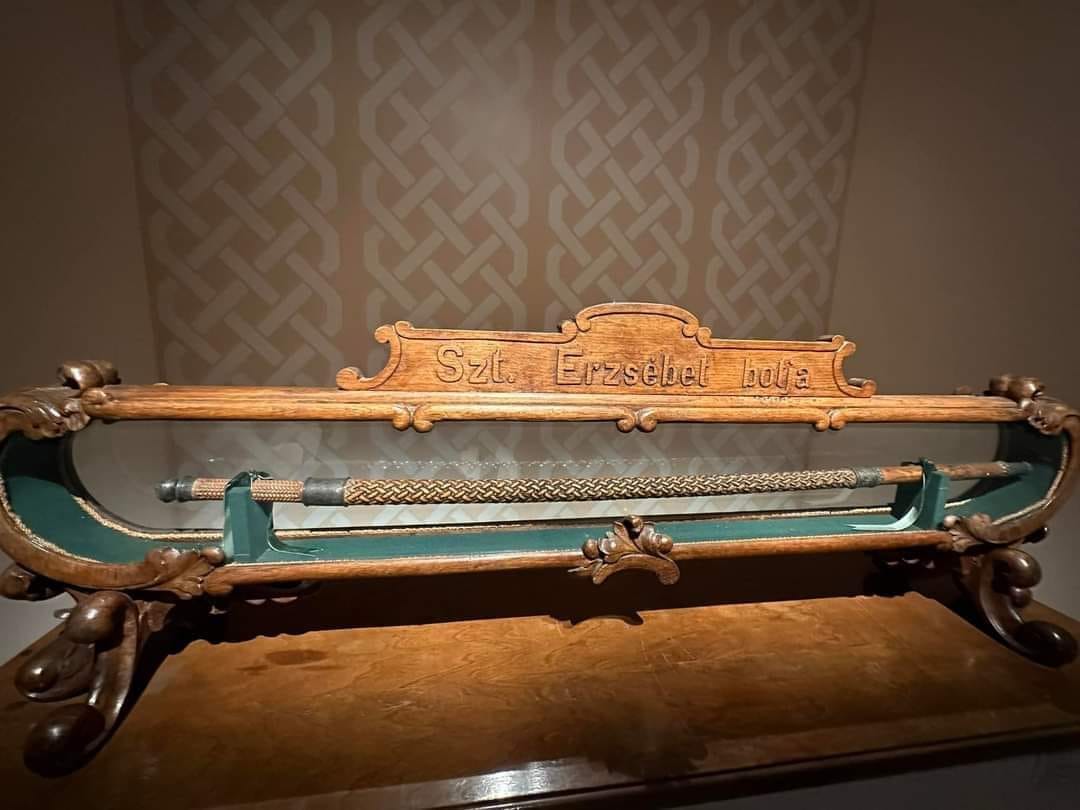The cane of St. Elizabeth
A grand exhibition, curated by Gábor Gulyás, set the stage for Women’s Day celebrations at the newly rebuilt Dorottya House, a gem in downtown Kaposvár (southern Hungary). Titled “Triumph of the Dames – Women in Hungarian History,” the exhibition showcases relics and artworks of seven remarkable women from Hungary’s past, Index writes.
The exhibition begins with the relics of St. Elizabeth of the Árpád dynasty. Elizabeth was the daughter of King Andrew II of Hungary (1205-1235) and Gertrude of Merania. The highlight of her relics is a walking cane, an 800-year-old artifact with a fascinating history.
The next person is Queen Mary (1371-1395), daughter of Louis I (1326-1382), who tragically witnessed her mother’s death and died young in a riding accident.
Despite her short life, Queen Mary is remembered for her unwavering Christian faith and pacifism.
Further, there are two very strong figures: Ilona Zrínyi (1649-1703), mother of Prince Ferenc Rákóczi, celebrated for her beauty and courage, who emerged as a political figure adored by the rulers of her time. Therese Brunsvik (1775-1861), born into privilege, is renowned for founding Hungary’s first kindergarten, reflecting her commitment to social progress.
The next lavish room is dedicated to Empress Elizabeth (1837-1898), affectionately known as Sissi. Though not Hungarian by birth, Sissi embraced Hungarian culture and played a pivotal role in Hungary’s reconciliation with Austria in 1867.
Visitors can admire her magnificent diamond-studded wedding dress and artworks capturing her legendary beauty.
Margit Slachta (1884-1974), the first woman elected to the Hungarian Parliament, emerges as a dedicated advocate for human equality. During the Holocaust, she saved Jewish people in Budapest. Lastly, Rózsa Bédy-Schwimmer (1877-1948), Hungary’s first female ambassador, left an indelible mark on history as a staunch pacifist and feminist.
This unique exhibition pays homage to the extraordinary women who shaped Hungarian history, fittingly showcased in the grandeur of the renovated Dorottya House.
Via Index; Featured Image: Facebook / Herczeg Attila
